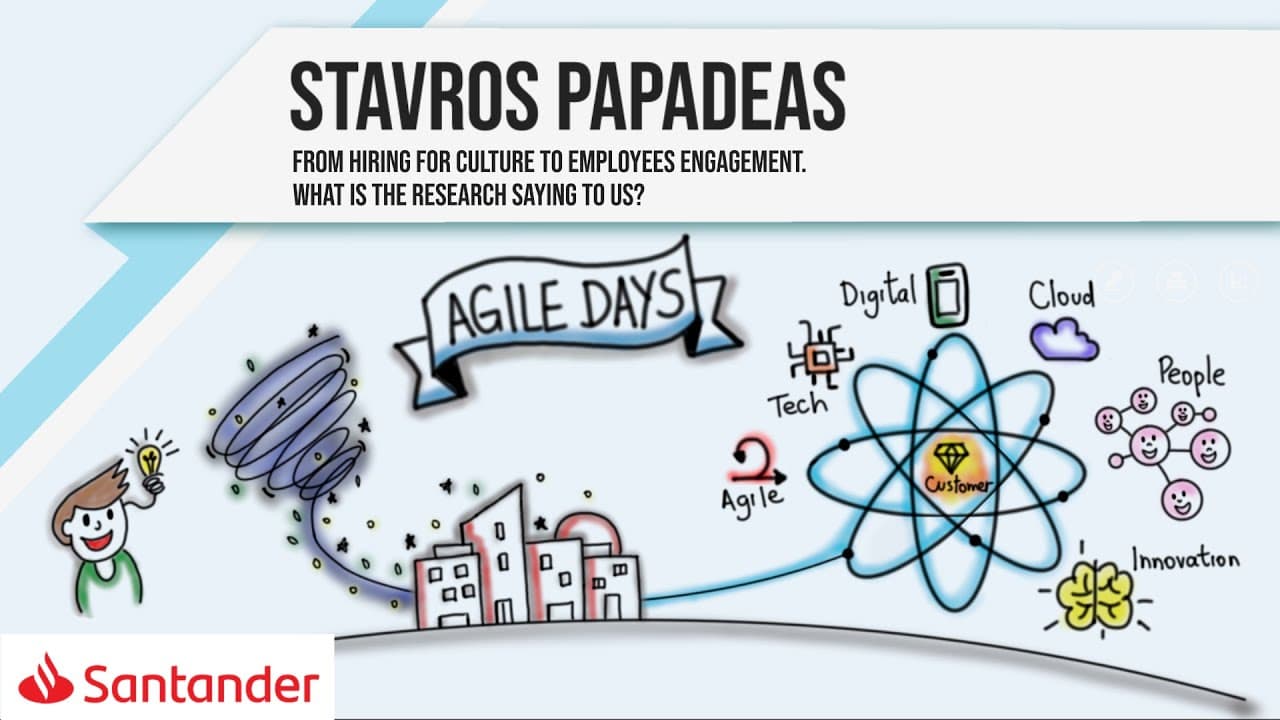Employee engagement is a crucial topic that organizations across the globe are focusing on. It's important to give meaning to employees, ensuring their work resonates with them. However, while we understand the significance of engagement, implementing it effectively remains a challenge.
Research shows that more than 50% of productivity is linked to engaging employees by helping them find purpose, meaning, and vision within the organization. So, how do we achieve that? This is something we will discuss further, but first, we need to understand the current situation—our employee value proposition.
Across the United States, Australia, and Europe, research has identified three fundamental elements that drive employee engagement: Purpose, Mastery, and Autonomy. These are simple concepts but difficult to implement, especially in large-scale transformations where organizations must navigate multiple subcultures.
Purpose
Giving employees a sense of purpose means helping them wake up each morning with a clear reason for what they do—one that aligns with their personality and values. If your organization struggles with disengaged employees who do not take initiative or go the extra mile, the starting point is ensuring they have a purpose.
Research indicates that when employees feel connected to a meaningful purpose, they are more likely to take responsibility, engage in processes, and contribute beyond their basic job descriptions.
Mastery
Mastery involves ensuring employees have the necessary skills to excel in their roles. The challenge here is whether organizations truly invest in training and talent management or simply attempt to copy-paste successful models from elsewhere. Developing tailored training programs and skill-building initiatives is key to fostering engagement.
Organizations need to move beyond generic training approaches and focus on personalized mastery, ensuring that employees have access to skill development that aligns with both their aspirations and the company's strategic needs.
Autonomy
Autonomy is a delicate balance between compliance and engagement. Many organizations operate in highly controlled environments where strict compliance can stifle innovation and engagement. However, research shows that when employees are given the appropriate level of autonomy, engagement levels rise.
Autonomy should not be confused with a lack of structure—it is about providing employees with the freedom to take ownership of their work, make decisions, and demonstrate their value. Freedom, after all, comes with responsibility, and employees who feel trusted tend to be more engaged and motivated.
Understanding Organizational Culture
Before implementing engagement strategies, it is crucial to identify and understand the cultural dynamics within the organization. In large corporations, different divisions often have distinct subcultures—finance, IT, sales, and other departments each have unique working styles.
To address engagement challenges, leaders must first assess the cultural styles that shape their teams. Organizations need to determine whether their culture is focused on:
- Relationships and Trust: Cultures that emphasize mutual trust and shared ideals.
- Learning and Innovation: Common in IT departments but less prevalent in finance or sales.
- Results and Performance: Cultures that prioritize efficiency and outcome-driven strategies.
- Authority and Control: Often seen in hierarchical structures where compliance is emphasized.
- Safety and Risk Management: Particularly relevant in cybersecurity and public institutions.
Organizations often operate with a blend of these cultural elements. Leaders must recognize how these styles interact and influence employee engagement before developing an effective value proposition.
Employee Empathy and Value Proposition
Once cultural styles are identified, organizations must develop an Employee Empathy Map. This tool helps leaders understand employees’ aspirations, frustrations, obstacles, and motivations.
Demographics also play a critical role—teams often consist of employees from different generations, each with varying perceptions of work, commitment, leadership, and success. A 25-year-old employee, for example, may have different expectations than a 50-year-old, and a single parent may have unique concerns compared to others. Mapping these insights allows organizations to tailor leadership and engagement strategies accordingly.
Creating Employee Journey Maps
Once organizations have a clear understanding of their workforce, they can implement Employee Journey Maps. These structured pathways guide employees through key milestones in their careers, including:
- Onboarding Journeys
- Career Development Journeys
- Work-Life Balance Journeys
- Recognition and Reward Journeys
Gamification techniques can also be applied to enhance engagement, ensuring that employees remain motivated through challenges and checkpoints. Regular feedback loops further refine the process, making engagement strategies more responsive to employees' evolving needs.
Tailoring Policies for Engagement
Organizations that integrate tailored engagement policies based on cultural insights and demographic diversity see measurable improvements in productivity, engagement, and overall employee satisfaction. Employees should feel they are part of an organization that values their contributions, not just a system focused on transactions and profits.
The key takeaway is that engagement is about understanding people. Leaders must take the time to measure their organization's culture, listen to employees, and create an environment that encourages participation and innovation.
Looking Ahead: Sustainability in Agile Journeys
As organizations continue to evolve, a key challenge is ensuring that engagement strategies remain sustainable. Social movements, economic disruptions, and crises like COVID-19 require organizations to continuously adapt their approaches to engagement.
The Business Agility Institute is exploring the long-term sustainability of these engagement models, examining how organizations can maintain agility in an era of constant change. The ability to create adaptable and resilient engagement strategies will be a defining factor for businesses navigating the future workplace.
With that, we conclude this discussion on employee engagement. Thank you for your time, and I look forward to exploring these concepts further.



